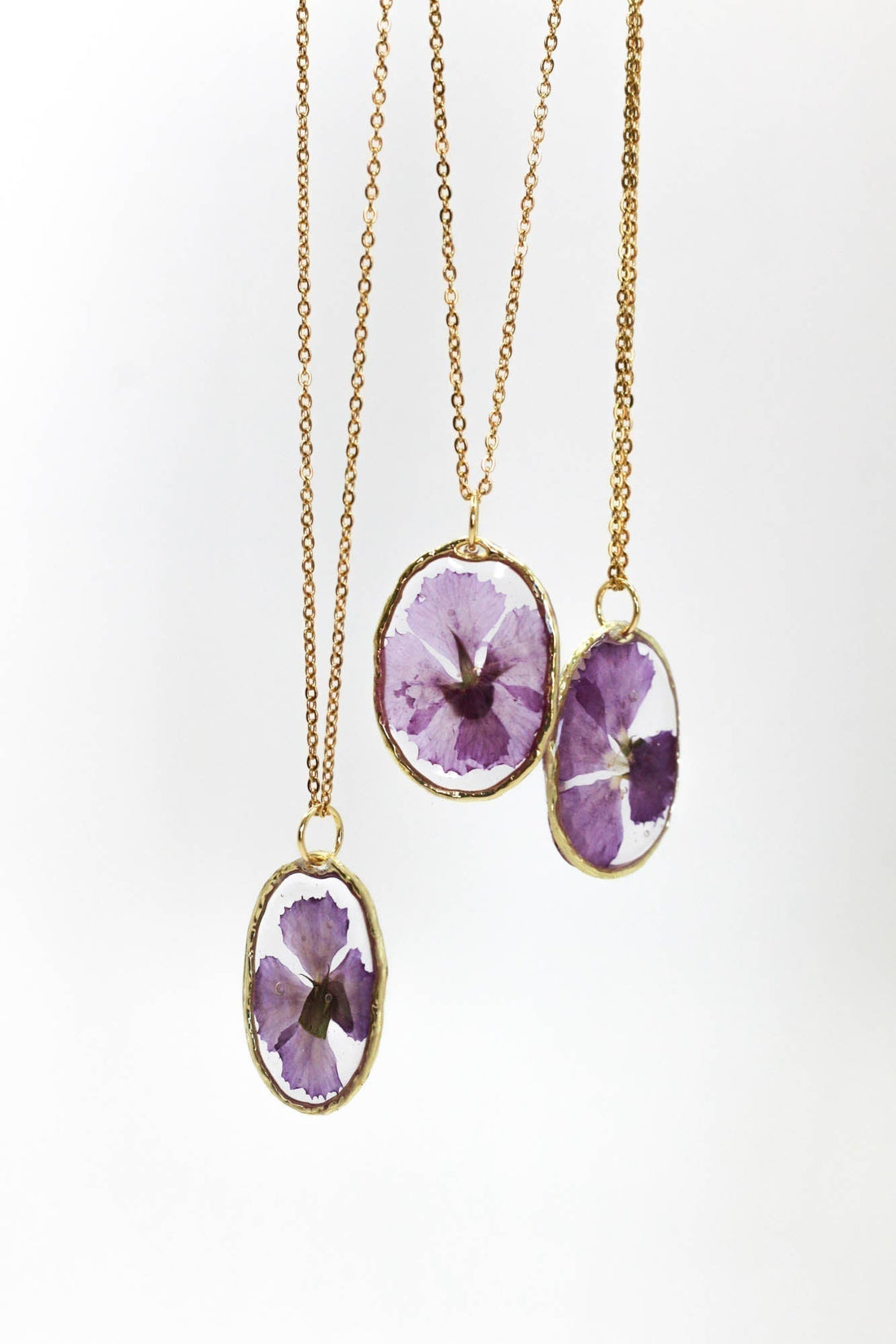
The language of flowers: discover the symbolism of flowers and their messages
Share
Introduction to Floriography, the Victorian Language of Flowers
Using flowers to express an idea or thought is an ancient tradition. It was during the Victorian era that the language of flowers became popular: to exchange secret messages, people sent bouquets of seemingly innocuous flowers or placed specific floral arrangements throughout the house.
Today, the idea of the language of flowers endures through examples we use in everyday life, such as the rose to express love. But many other flowers and plants contain symbolism linked to their origins, properties, or uses.
This is a non-exhaustive and unofficial list of the language of flowers...
Azalea: fragility and temperance
British gardeners considered it a reserved and self-managed plant: the image of these flowers in the language of flowers therefore became temperance.
Furthermore, since its flowers can fall when the shrub is touched by the passage of a person or during a strong breeze, it is also associated with fragility.
Wheat: wealth and abundance
The thick, golden stalks of wheat have long been associated with wealth and abundance: in ancient times, large stores of wheat represented wealth, and a bountiful harvest meant prosperity for the coming year.
Heather: luck and protection
In Scotland, it represents luck and protection due to a Celtic legend: Malvina, daughter of the legendary warrior-poet Ossian, wept after learning that her lover had died in battle. Her tears then turned the heather purple. Malvina declared, " Though it be the symbol of my sorrow, may the heather bring good fortune to all who find it ."
This is how heather became a symbol of luck. Members of Scottish clans wore white heather during battles as a token of protection.
Even today, at weddings, grooms often wear sprigs of this flower in their buttonholes and Scottish brides as part of their bouquets.
Camellia: longevity and fidelity
In Chinese culture, the camellia symbolizes happiness, fidelity, a prosperous love union, and longevity . This meaning has a universal significance, since it is the one attributed to the camellia in the language of flowers.
Bellflower: flattery, charms and beauty
Its scientific name " Campanula" is derived from the Latin word for "little bell," which refers to the flowers' distinctive shape. But it's nicknamed " Venus's Mirror," because at the center of the flower is a bright yellow disc that's been compared to a mirror. When the goddess Venus went to meet Adonis, she would pick a bellflower and look at herself in it to make sure she was still beautiful.
Eucalyptus: Protection and Healing
Used for centuries in traditional medicine, eucalyptus offers a multitude of health benefits, thanks to its antiseptic, expectorant, and anti-inflammatory properties. Its medicinal properties give it the symbolism of healing and protection in the language of flowers.
Euphorbia: awakening
Euphorbia is also called "alarm clock" because some species completely close their flowers in the evening and reopen them in the morning, hence its association with awakening. In addition, this plant spontaneously turns toward the sun and partially follows its path.
Fern: magic and secrets
Ferns grow in wet areas, yet their leaves repel water.
It is this curious property that has led ferns to be associated with magic and secrecy.
Additionally, Venus, the goddess of love and beauty, wore braids of ferns that remained dry after she emerged from the sea.
Gypsophila: purity and innocence
It is charmingly called "baby's breath" in English, because of its pleasant fragrance and delicate little flowers.
Immortal: eternity and constancy
Even after harvest, the everlasting flower retains its consistency, color, and flowers. It symbolizes eternity, or the constancy of love in the language of flowers. Offering a sand everlasting flower can thus be a subtle message of eternal love or unwavering friendship.
Lavender: serenity and tenderness
Lavender symbolizes freshness, serenity, and calm. Giving lavender to a
being dear is to transmit a message of calm and appeasement
Nigella: perplexity and complexity
In the language of flowers, nigella means "perplexity" because in English, it is nicknamed "love in a mist".
Poppy: eternal sleep
The poppy is known for its narcotic effects and is used to make opium.
According to Greek mythology, poppies grew in the land of the dead. They were associated with Demeter, whose daughter, Persephone, was queen of the underworld.
Rose: love
The rose has been closely linked to love in many cultures and throughout history. Its lush petals and sweet aroma may be the reason. In Victorian times, the color of the rose indicated the level of affection: white for innocent love, powder pink for budding romance, and deep pink or red for passion.
Fir: spiritual ideal
The fir tree forms a bridge between heaven and earth. It expresses the fluidity of the connection that connects the high and the low, the spiritual and the material, the spirit and matter. It is the symbol of ever-renewed hope.
Tulip: friendship, love and renewal
The tulip announces the return of spring , making it a symbol of renewal .
Like the rose, it is often considered a symbol of love .
The pink tulip allows you to reveal a budding love for your loved one, but also to convey your affection to those close to you.
The meaning of the red tulip originates from a Turkish legend: a prince named Farhad committed suicide upon learning of the death of his great love, Shirin . Red tulips are said to have been born from the drops of this prince's blood, associating the flower with passionate love.
The yellow tulip symbolizes the most transparent and lasting friendships. It is the color of sunshine and joy, a color that radiates positive light.
Clover: luck
Clovers, especially four-leaf clovers, have been associated with good luck for centuries. Ancient Irish Druids believed that wearing a shamrock could warn of the approach of evil spirits.
